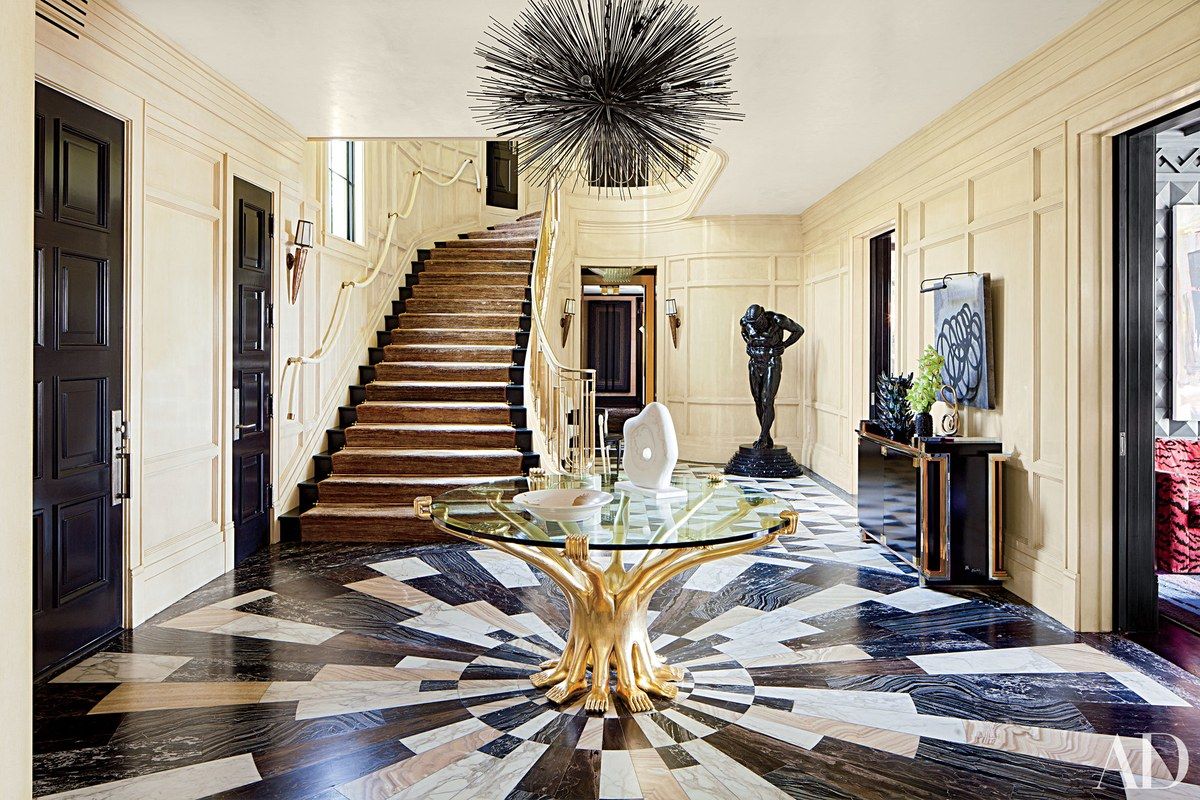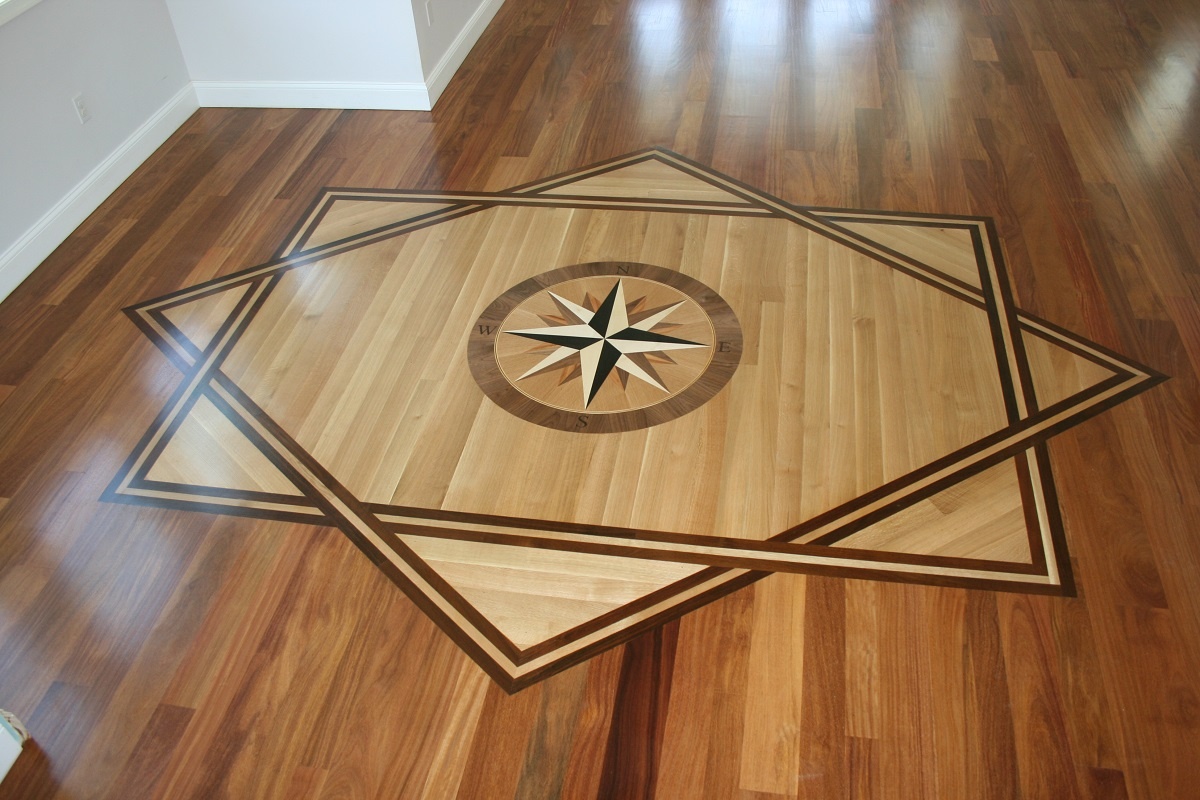According to the Real Muloodi News from Uganda, Adrian Nsubuga, a Mukono resident, dreamed of having tiles in his house. Every time Adrian looked at the floor tiles at his father’s home, they reflected an enduring beauty.
He imagined various tiles on the floor but did not know enough information. Everyone should know the essential data. He pledged that his own home would feature tiles when it was built.
Two years ago, Adrian’s ambition was realized when he finally finished building his home and put tiled floors. Adrian was disappointed to find out that despite their high cost, his tiles were deteriorating after two years.
Construction engineer Osbert Luyinda advises seeking professional advice if one wants to tile their floors. Before making a decision, having an expert walk you through the various tile types can make all the difference.
Let’s look at some of the tile alternatives you have.

Modern, stylish, and long-lasting tiles
Tiles are aligned clearly and provide a traditional appearance. Some homeowners prefer a wide variety of tile styles due to their durability, adaptability, and affordability. Although they are similar, they differ in absorption, cost, and durability, as illustrated below.
Porcelain Tiles
Natural ingredients and refined clay are both found in porcelain tiles. After being burned in a kiln, they are either maintained in their natural form or modified to resemble wood, stone, concrete, and other materials. Compared to non-porcelain ceramic tiles, porcelain tiles are more enduring and have stricter construction.
Homeowners can choose between glazed and unglazed porcelain tiles. Unglazed or “full-bodied” tiles are robust and chip-resistant because the color permeates the entire thickness of the tile.
Porcelain tiles are a great option for bathroom walls and floors, high foot traffic areas, stairways, and patios.
Ceramic Tiles
These ceramic tiles go through a lower temperature firing process in the kiln, which makes the final product less dense, softer, and more porous. Due to the clay that is used in their production, ceramic tiles are also a less expensive choice, albeit one that is less resilient.
Especially in warm areas, contractors frequently utilize ceramic tiles as flooring in homes. Ceramic tiles can be utilized in the kitchen, bathroom, shower floor, and entryway but should not be used in damp environments like the bathroom.

Matt Tiles
Matt tiles are ceramic or porcelain tiles that have a natural appearance, like stone or concrete-like objects. After porcelain tiles, matte floor tiles are the most durable.
Wood-like Tiles
Wood effect tiles are a wonderful option when considering Scandinavian, postindustrial, or contemporary-century themes. Because of their exceptional properties, these realistic tiles are becoming more and more well-liked. Compared to other flooring options, wood effect tiles are more durable and simpler to maintain. They do not scratch readily and are water-resistant.
Natural wood flooring will always seem cozier than tile. The material is more enticing to homeowners who seek a fuss-free and simple-to-maintain environment because of its advantages and versatility.
There are numerous collections of wood effect tiles, including painted, Noon, Q-style, and Traserktrend.
Marble tiles
Although marble tiles are very pricey, they give any area a sense of refinement and beauty. Any kitchen or bathroom can look better with it.
The Home Depot senior merchant Tony Castellano claims that the patterned or veined tiles add dimension and depth.
As a result of being patterned or veined, it also provides texture and depth, according to Castellano. The piece will never be the same for you.
Marble tiles take a lot of upkeep to keep them in perfect condition and stain- and scratch-resistant. It’s also difficult to keep up. With the application of sealant, it is only appropriate for places with little traffic.
Many homeowners forgo using marble for worktops in favor of utilizing it for aesthetic elements like shower floors, columns, and backsplashes, according to Castellano. Utilizing it for minor applications will also allow your budget to relax.

The Suitability of Tiles in various Rooms
A building engineer named Fred Wasswa claims that while floor tiles in the living room, dining room, and bedroom can be shiny or smooth, bathroom tiles must be rough.
“The dining room and living room tiles are polished because they serve as the front of the house and must have pleasing hues. According to Wasswa, shiny tiles in the bedroom make it pleasant and allow the occupant to have a good night’s sleep.
Why Should Bathroom Tiles Be Rough?
Because there is a significant probability that water and soap may spill on the kitchen and bathroom tiles, Fred says they recommend rough tiles.
Spills of water and soap make the floor slick, which quickly causes falls, especially among children, which can end in harm or even death.
Tile costs in Uganda
Depending on the size (400, 500, or 600 cm) and the quality of the tiles, one square meter might cost anywhere between 35,000 and 85,000 Ugandan shillings, according to building engineer Osbert Luyinda.
Floor tiles are imported into Uganda from China, Spain, India, and Italy. Depending on the country of origin, these can be different in terms of type, size, color, quality, and price. Due to its toughness and glossy sheen, porcelain tiles made in Spain are the most expensive and long-lasting. Even though matt floor tiles are the second-most durable, they are less expensive than porcelain ones, according to Luyinda.

Tips to Determine the Number of Tiles You Need
Determining how many tiles you need is essential for ensuring proper tile coverage and budgeting for the project, whether you’re putting tiles in a new home or trying to restore existing floors or walls.
Here are some guidelines to help you determine how many tiles you’ll require. Take out your calculator, measuring tape, book, and pen.
- Based on the area’s shape, take a measurement.
Multiply the length by the breadth to determine the size in square feet of a square or rectangular shape, like a floor or a wall.
For portions like the floor, increase the radius by 3.14 and square the radius (half the space’s diameter). For example, a 20-foot-diameter ground floor area would be estimated to be 314 square feet. 3.14 x 10x 10).
Always think of and handle areas with odd shapes as two pieces, such as an L-shaped floor.
- Determine the number of tiles required depending on the shape’s area.
When buying tile boxes, multiply the area’s square measurement by the box’s stated total square measurement, then round the result to the nearest whole number of decimals.
When buying individual tiles, you should be aware of the square footage or percentage of the area that each tile covers.
- Increase your budget by an estimated 10 to 20%.
Instead of purchasing, it is necessary to cover the wall or floor with a few extra tiles.











Your comment submitted.